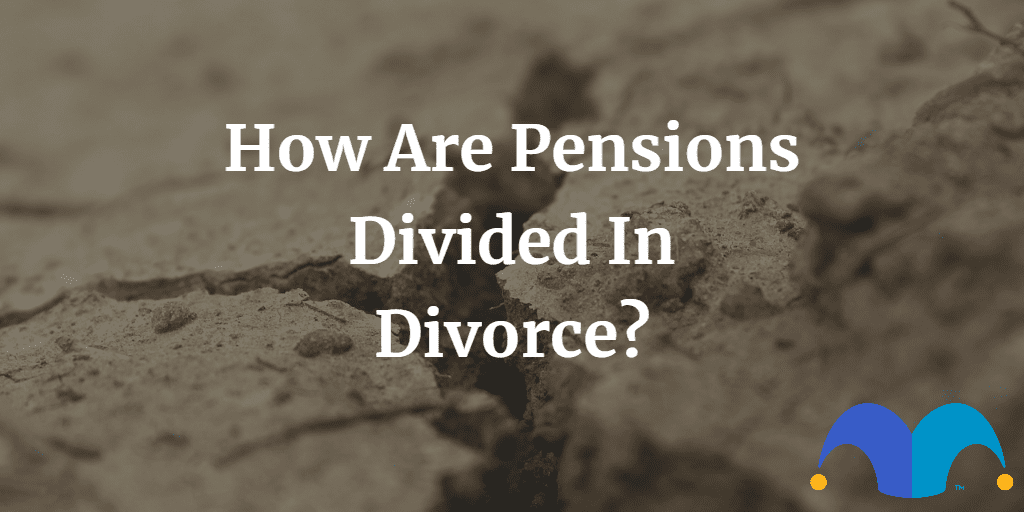Going through a divorce can be a stressful and upsetting time. There is a lot to think about when it comes to splitting your finances, and pensions play a big role in this. Every divorce settlement is different. But there is a set path for how pensions are divided in divorce.
Let’s take a look.
Pensions and divorce
Pensions count as a joint marital asset. This means they need to be included in the discussion you have surrounding how to separate your finances.
Each divorce is different, as every couple has different circumstances. There are three options for how pensions are divided in divorce.
1. Pension offsetting
This is where the value of any pension is offset against other assets. For example, if the couple has children, the primary caregiver may want to stay in the marital home or receive a larger share of the value from the sale of the property. In that case, they could give up their claim on any pensions in exchange for a greater share of other assets.
Pension offsetting only works if there are enough non-pension assets in the joint marital pot.
2. Pension earmarking
In this scenario, one partner agrees to pay a portion of their pension to their ex-partner. This can only happen when they start to claim their pension.
It is known as a ‘pension attachment order’. It’s rarely the preferred option as it doesn’t offer a clean break. The partner who owns the pension still controls when and how it is used, which could be risky to the ex-spouse set to receive the payments.
3. Pension sharing
The final option for how pensions are divided in a divorce is pension sharing. This is where a percentage share of one person’s pension is transferred to the other.
How this is done will depend on the pension schemes rules. It can be transferred into a pension in their name. Alternatively, they might be able to join the scheme the pension has come from.
This provides a clean break, as it means the recipient of the percentage share will own it in their own right and manage it as they like.
State pensions and divorce
Your basic State Pension cannot be shared in a divorce. However, if one of you has paid enough National Insurance contributions, this could up the amount of State Pension the other gets – as long as they don’t remarry or enter into a civil partnership before they reach the State Pension age.
If the court issues a ‘pension sharing order’, then you or your ex-spouse may have to share any extra State Pension entitlement you’ve built up.
Key takeaways
As pensions are likely to be the biggest marital asset after the family home, it is important to get an accurate valuation before deciding how to divide them up.
In order to do this, you may need to find and trace pension pots from previous jobs. Each of you will then need to request a cash equivalent transfer value from each of your pension schemes. This is then used to assess your pension assets and divide them up fairly.
Also, remember that there are other factors that the court takes into account when dividing up pensions. These include who has the children most of the time, what sources of income you both have, your health and age, the length of the marriage, and contributions to the marriage.
If you are about to start the divorce process, it may be a good idea to consider mediation in order to have a neutral space to work out how to separate your finances.
